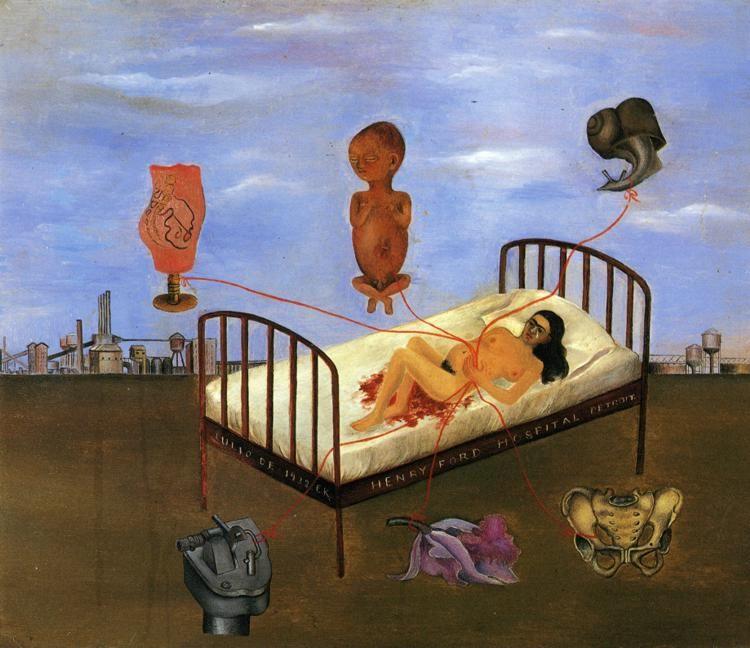For example, view the video of Congresswoman Jackie Speier's reaction to a New Jersey representative's attempt to shame women who've had abortions. Sharing her abortion story truly took a great amount of bravery, and even more sensibility than what we've been observing lately regarding reproductive rights. As noted in the Mother Jones article, there is no question about what lies at the heart of the matter:
Critics of the funding contend that because money is fungible, these dollars are, in effect, paying for abortion services.Moralizing rhetoric is rampant these days. In addition, opinions about sexuality have become confused with guidelines for reproductive rights.
It's a similar story in Art History, where the language is pared down to a few canonical "documents" of culture. Take a moment to search your memory for art works and performances that display (and furthermore, celebrate) female sexuality.
I thought of a few: whether it's the subversive animation that brought us Bettie Boop, Tracey Emin's sensitive installation about intimacy, Everyone I Have Ever Slept With (1963-1995), Renee Cox's Yo Mama series, or Frida Kahlo's painting Henry Ford Hospital, the subject matter allows viewers to contemplate childbirth, loss, and the very public nature of womens' bodies.
 |
| Frida Kahlo. Henry Ford Gallery. 1932. Oil on metal. Image via Olga's Gallery. |
Each of these women attached personal symbolism to their experiences, and this is no different from what we do in our daily lives. What I find most interesting about Henry Ford Hospital and Everyone I Have Ever Slept With (1963-1995), is that they do what Speier did -- they contribute to defending a platform for a larger community of women in similar positions.
When I am shocked by the ultimate ignorance of "leaders," it's always comforting to look at these art works and remember that you can't stifle imagination at its best.
